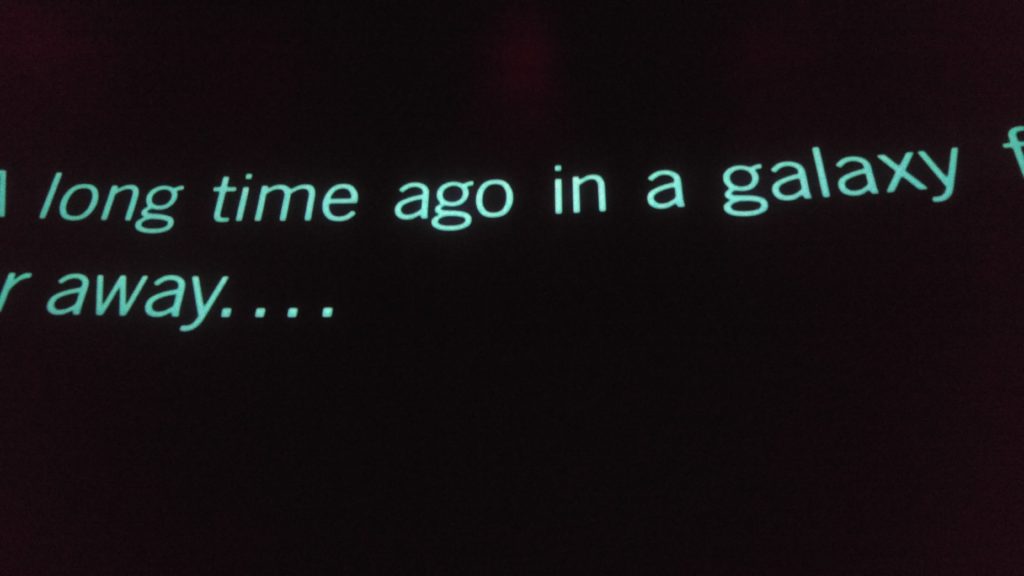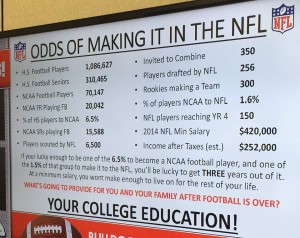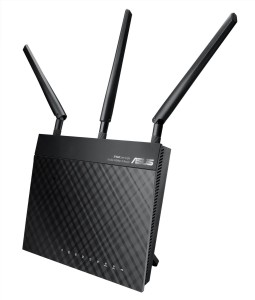Consider this a proposal, not a formal whitepaper, for an initial coin offering of a new cryptocurrency, Otakucoin.
Otakucoin (OUC) is intended to be used to support Otaku who write reviews of anime, science fiction, and other television and film fiction, as a measure of credibility and authority. It is therefore analogous to Reddit gold and Medium claps, i.e. can be bought in order to be given, or sold after accumulation.
I am still planning the technical backend and the details. Some references are below. I encourage anyone who is interested in participating to contact me by leaving a comment in this thread. This isn’t a get-rich-quick scheme, it’s an excuse to learn something cool and have some fun. To that end, I intend to structure the coin so it does not pass the Howey test and is in no danger of being labeled a security. We may need to launch a Kickstarter to raise some money so we can hire Token Deck, Espeo, or IcoBox to take care of the details.
References:
- Colin Thompson, How to do an Initial Coin Offering (Part 1, Part 2, Part 3)
- Bitcointalk forum thread: AML/KYC Explained
- Thomas Cichowicz, demo of launching a new coin based on ERC20
- Wiki page on ERC20 Token Standard














